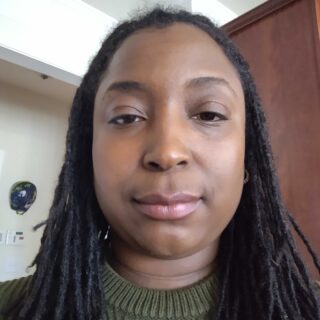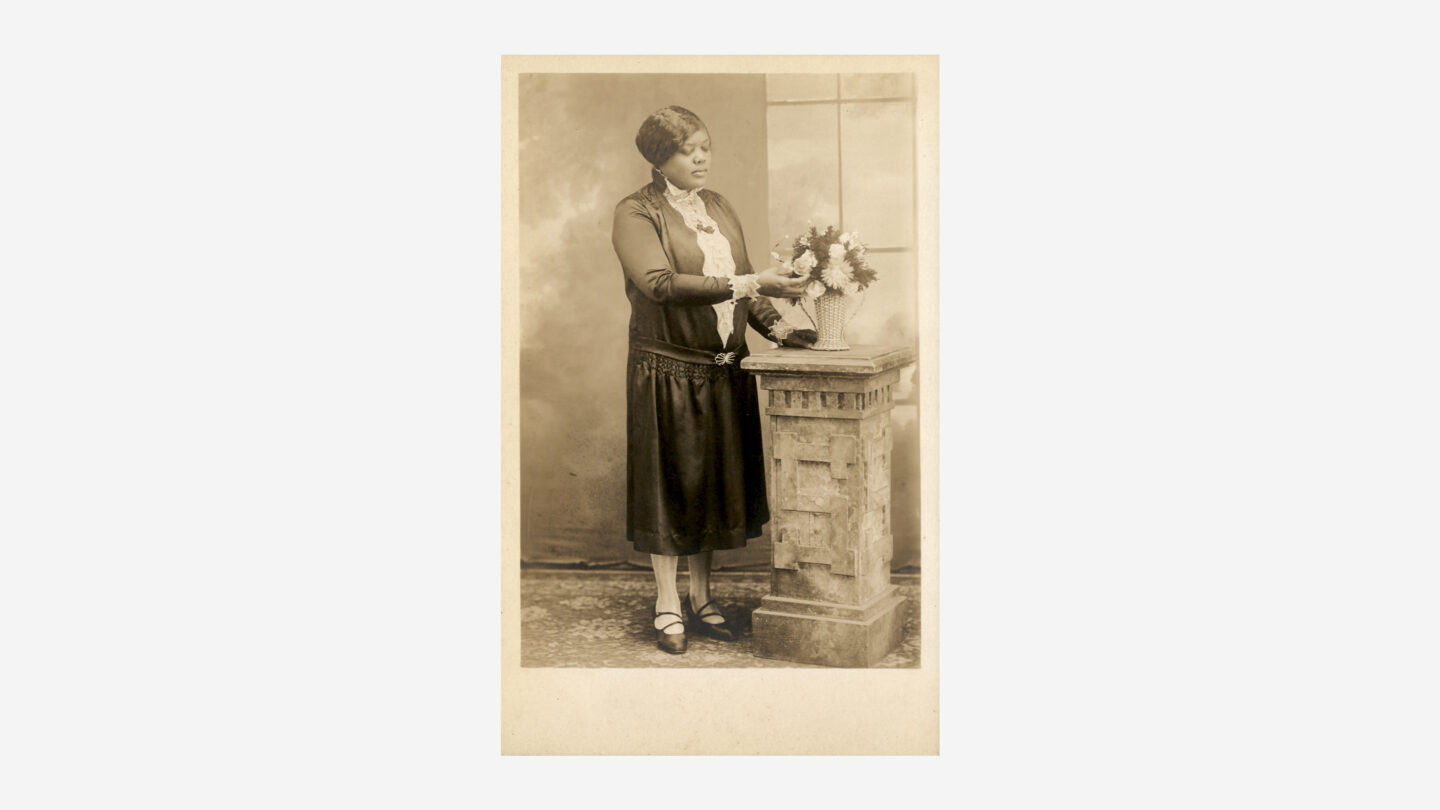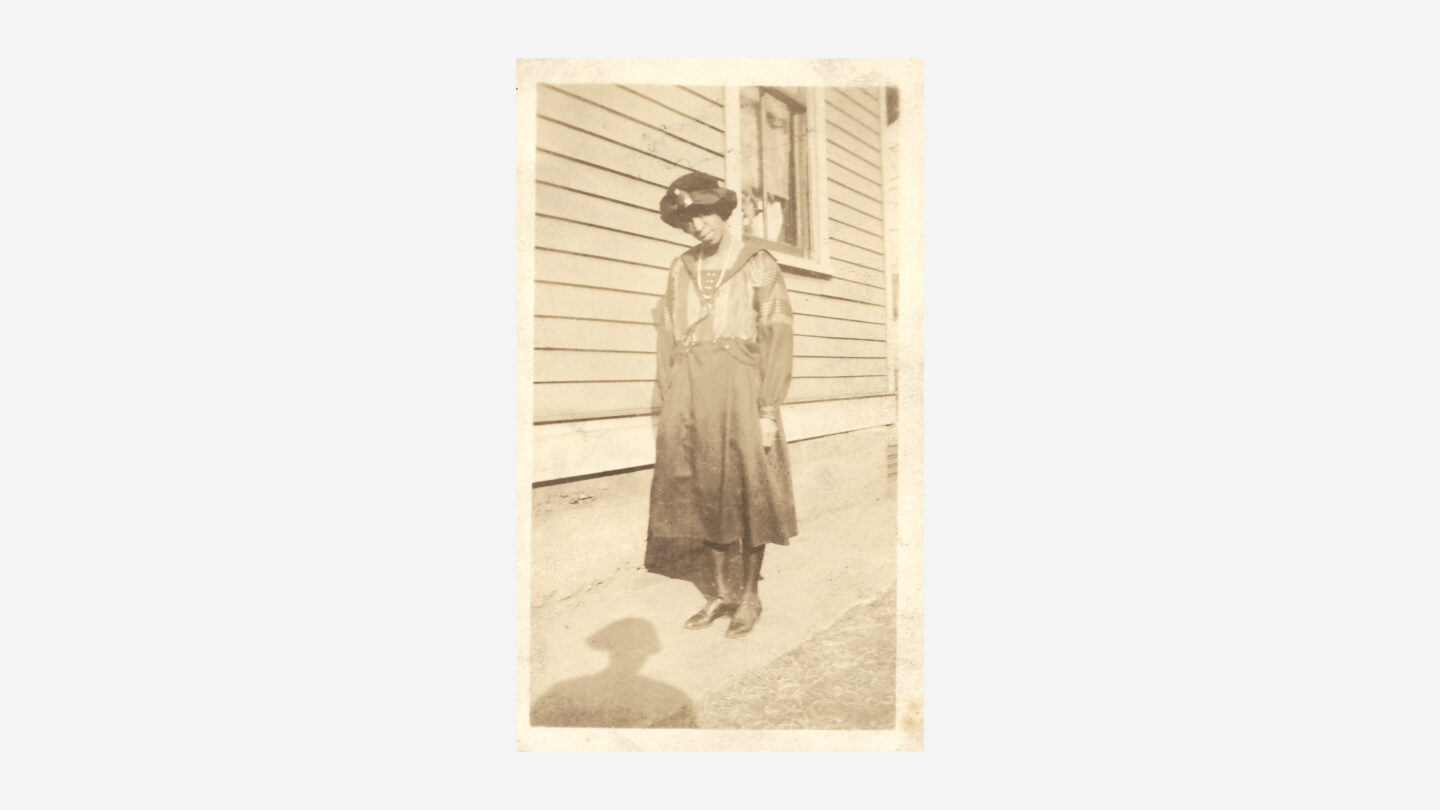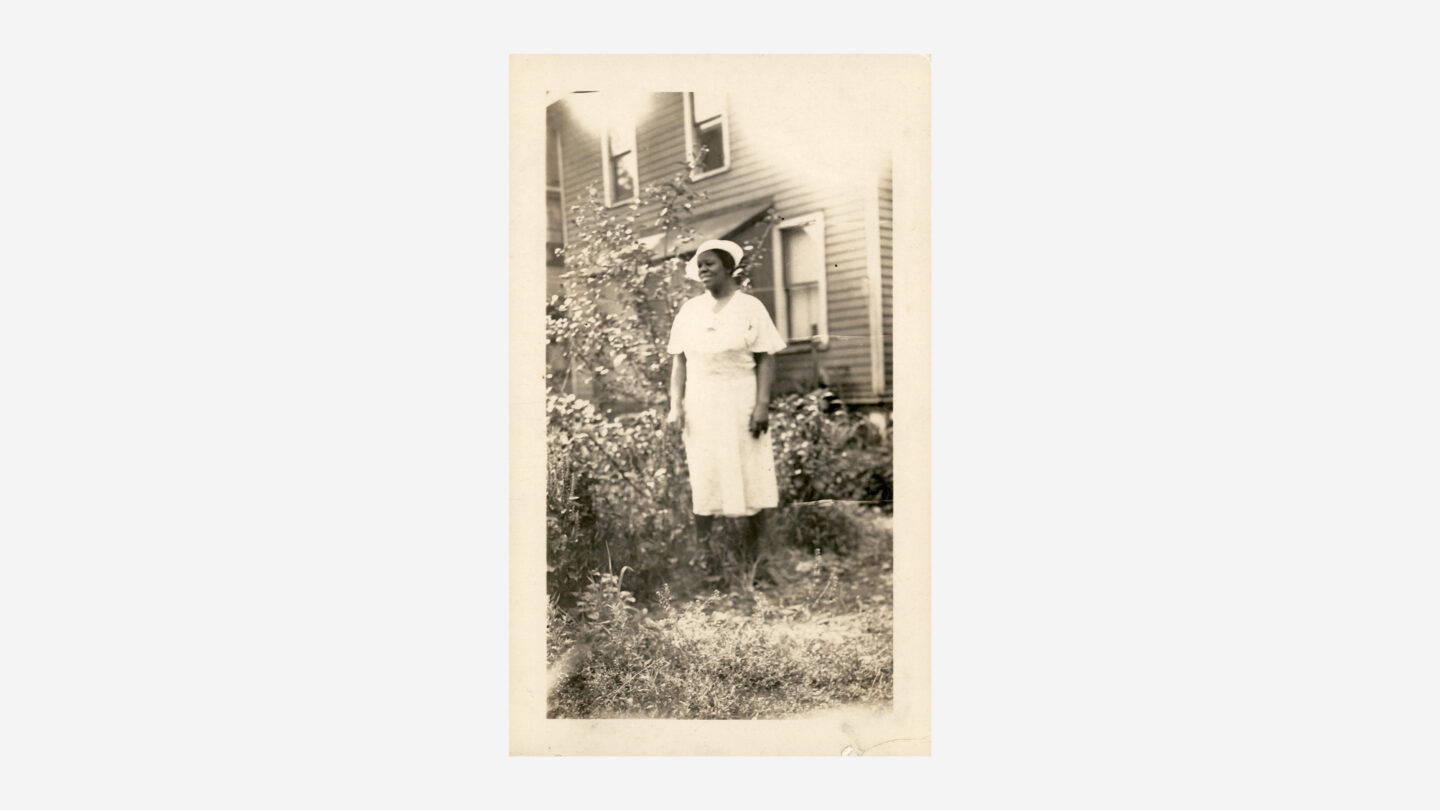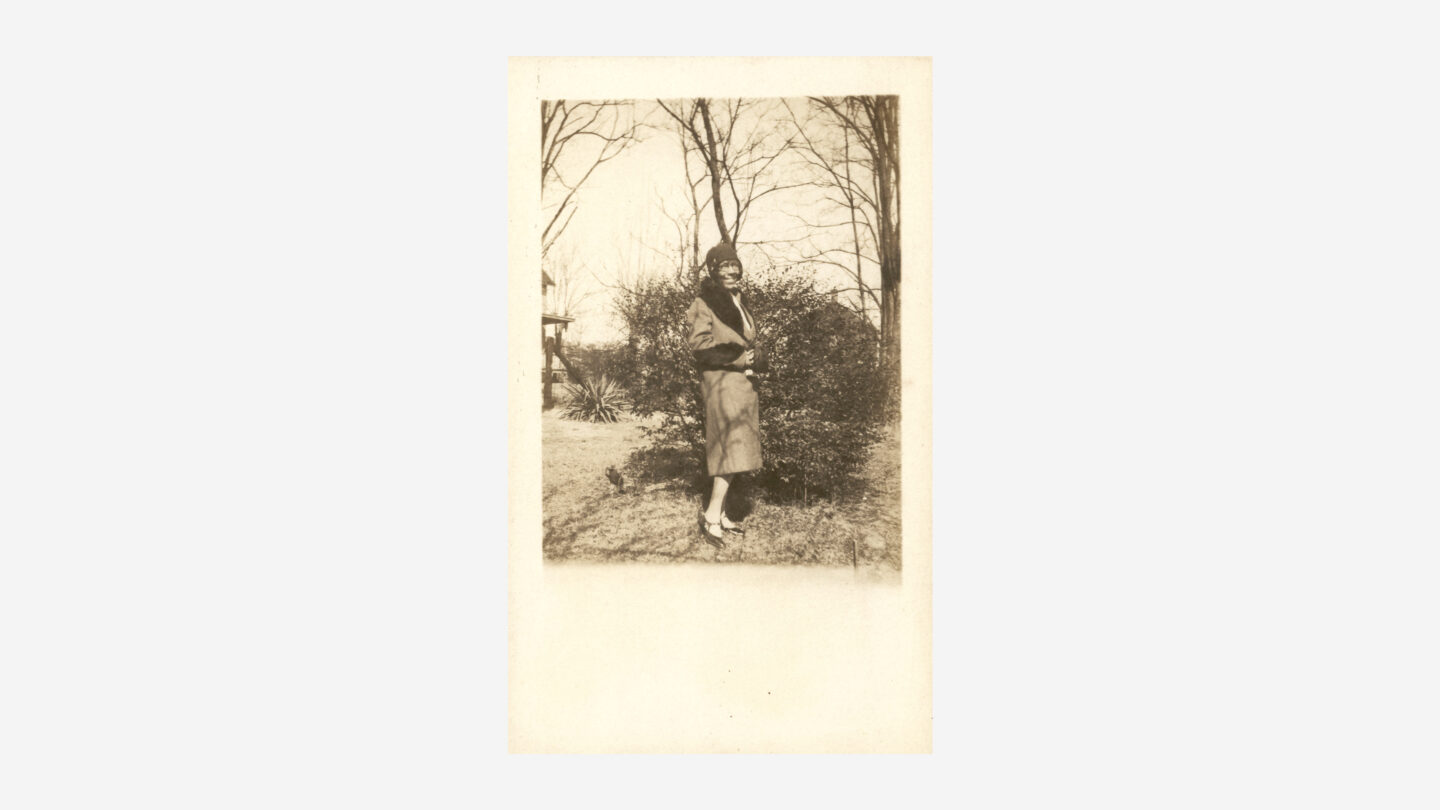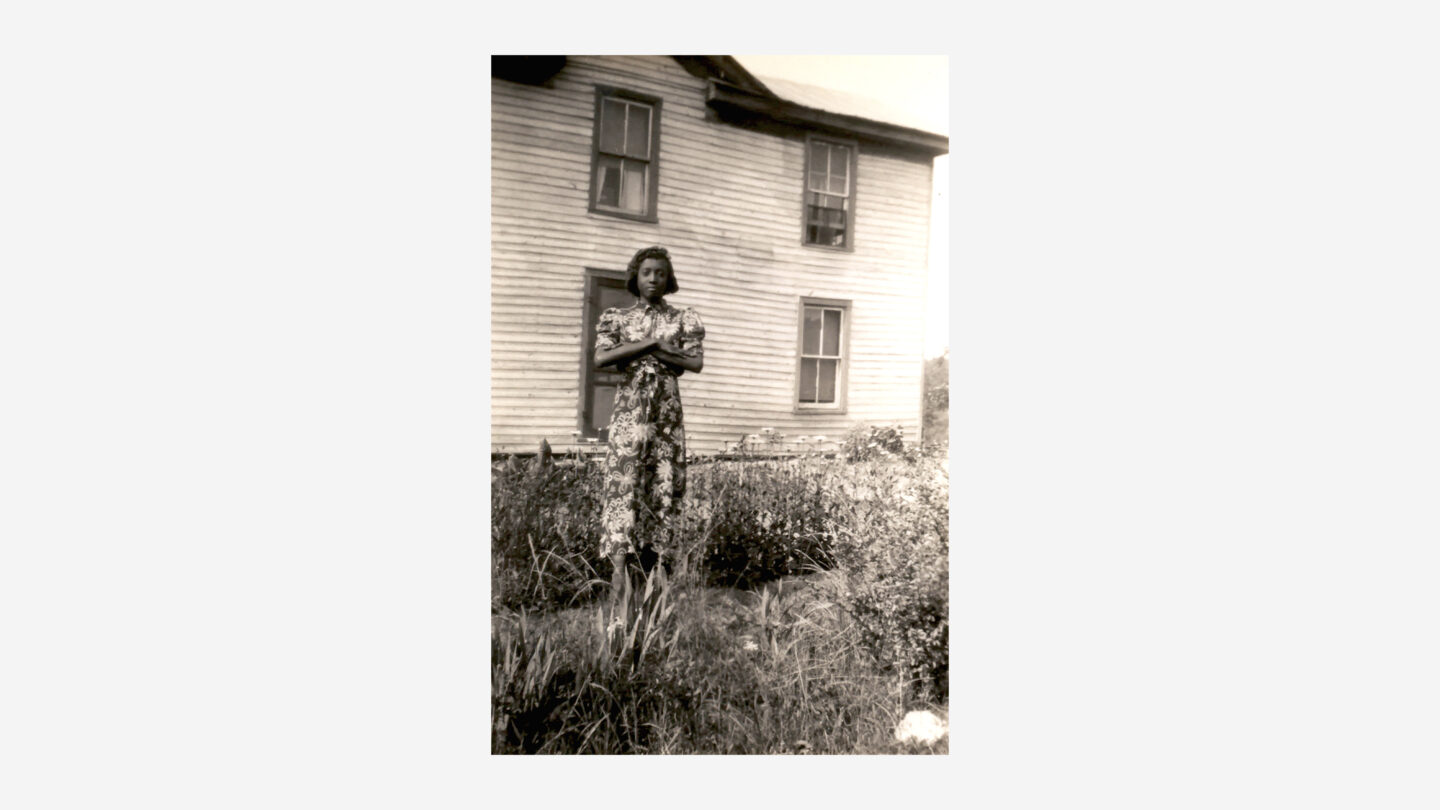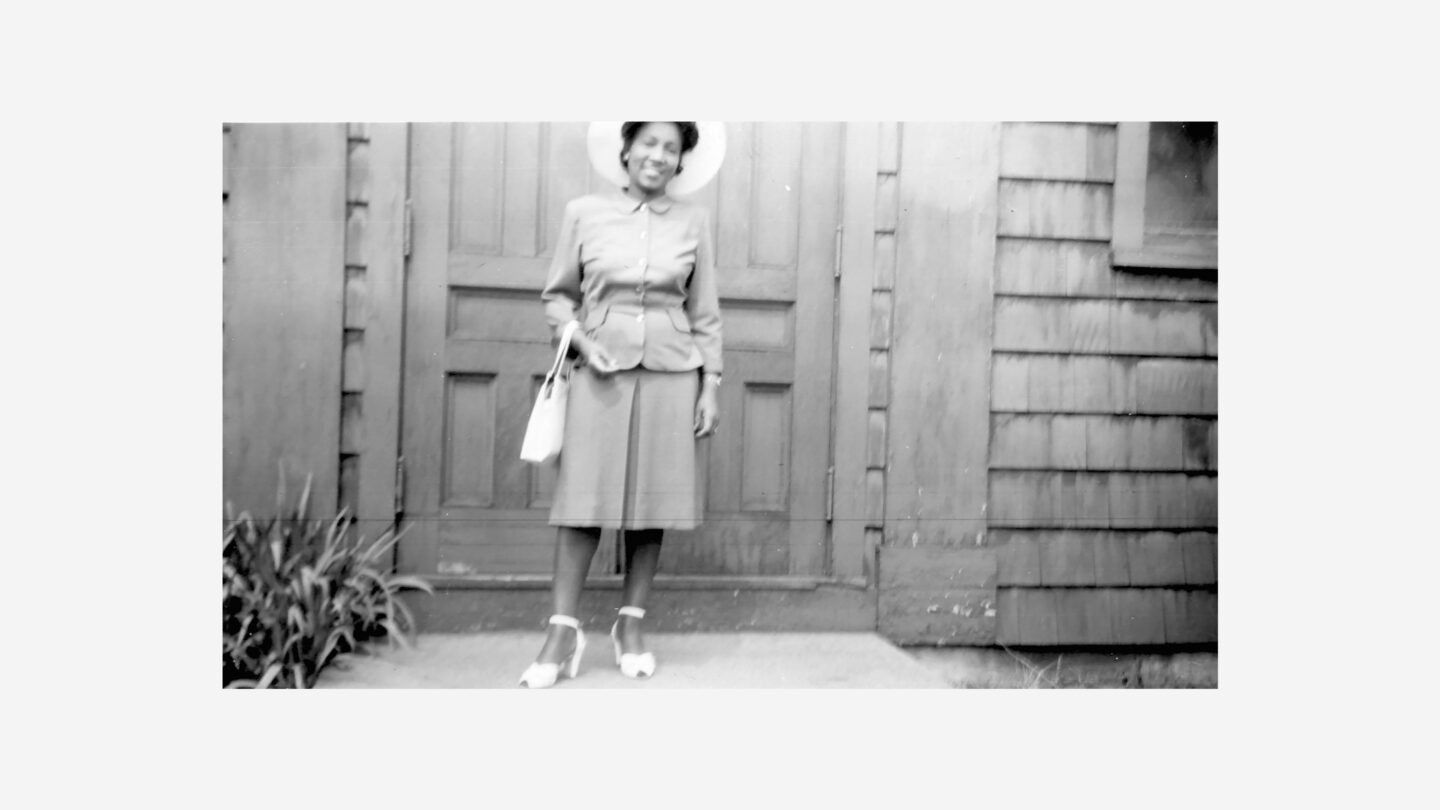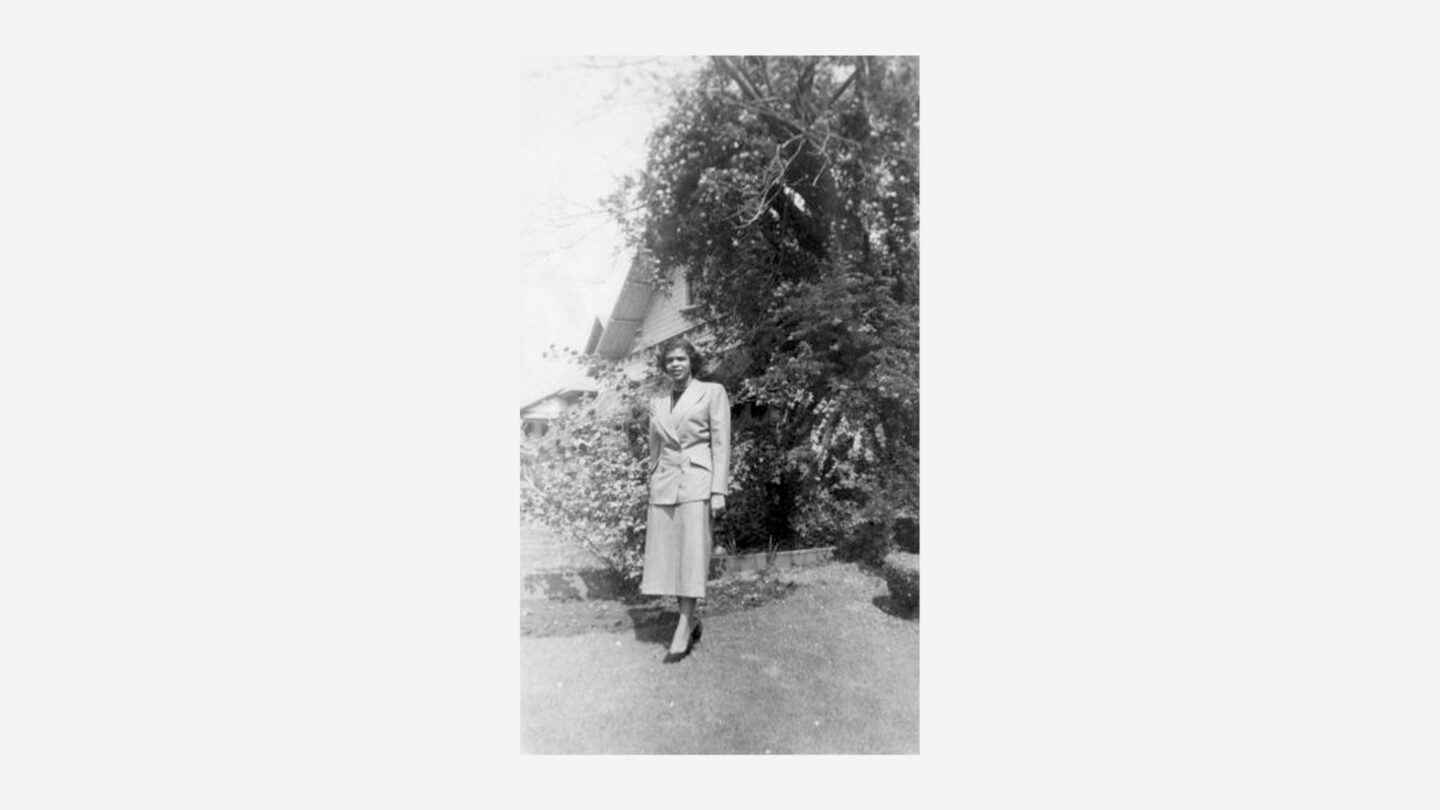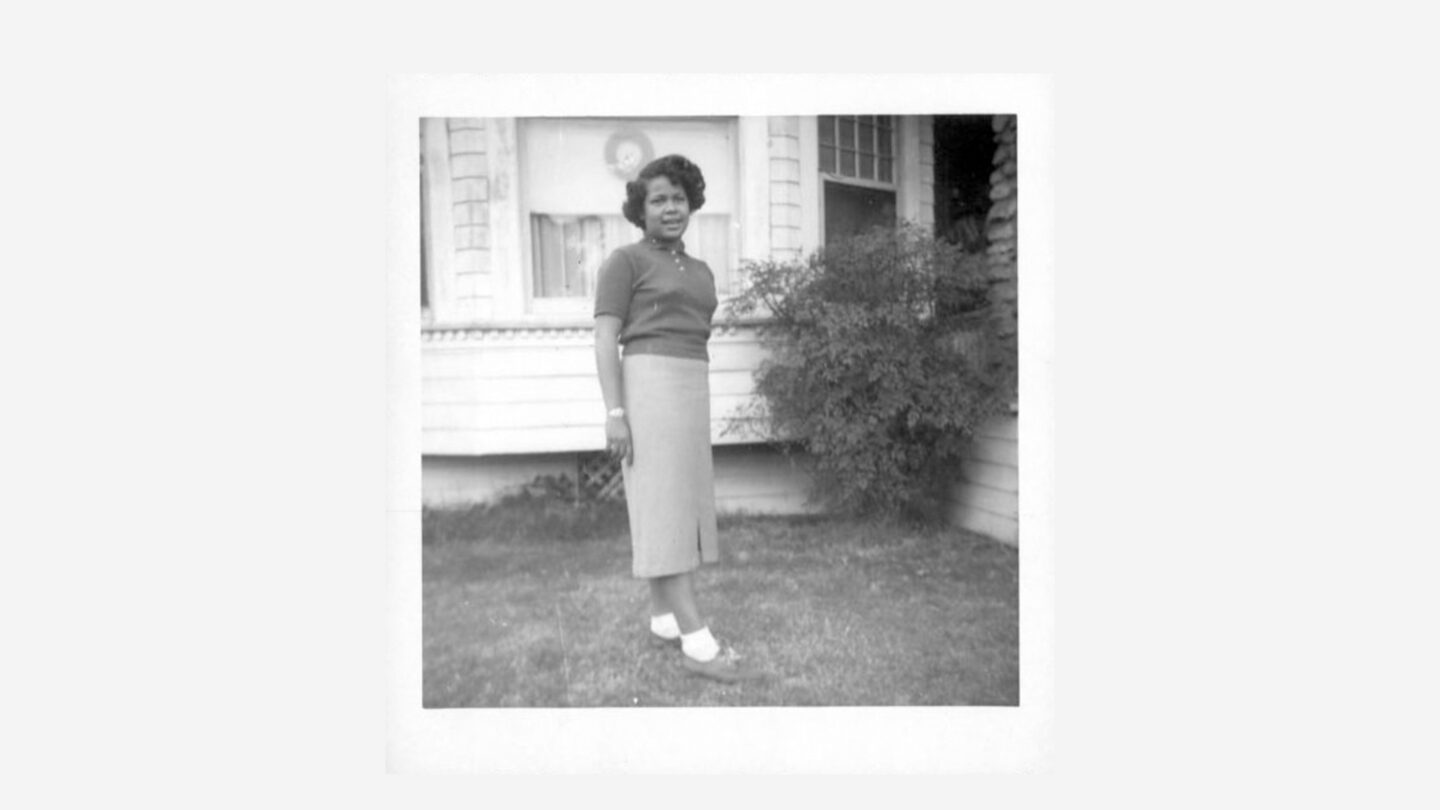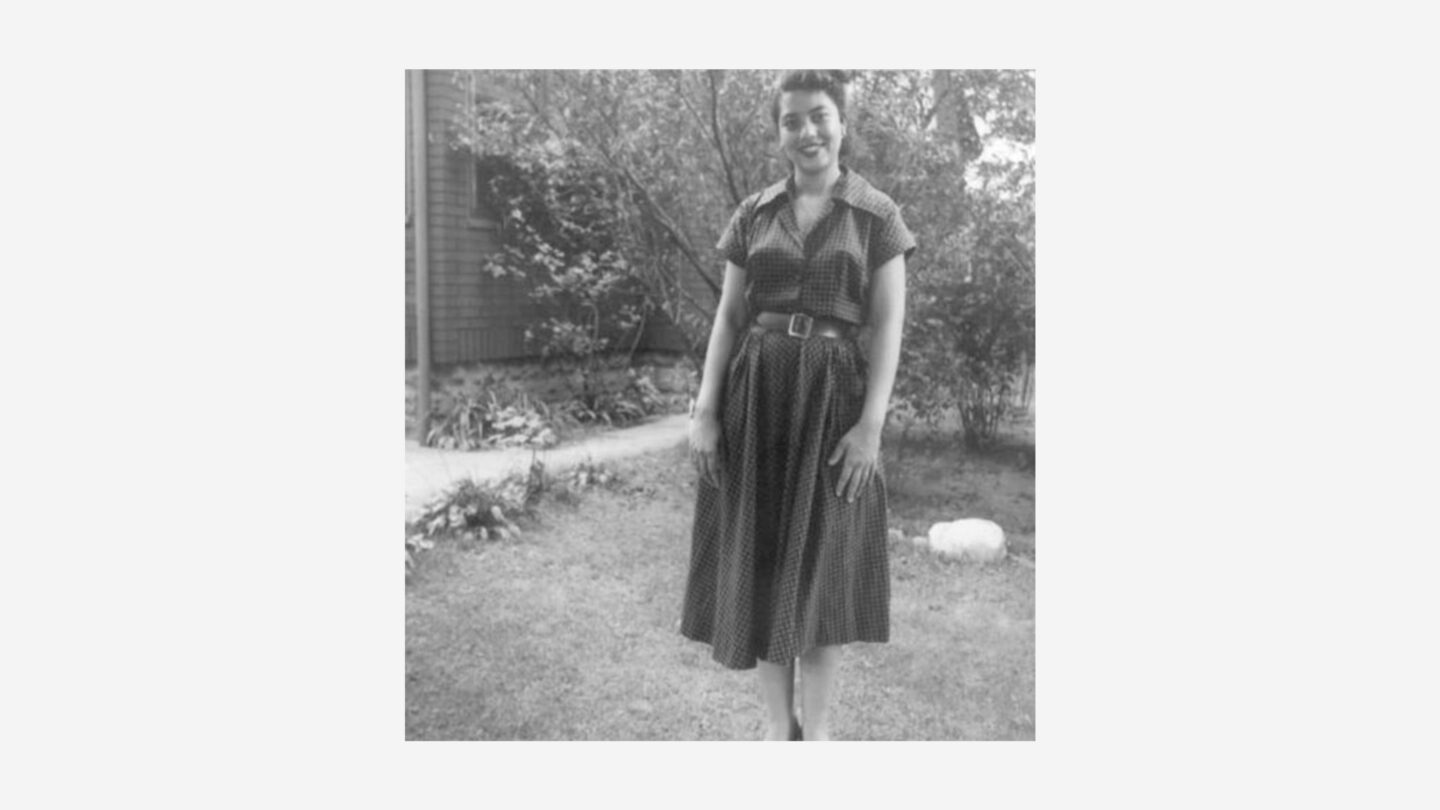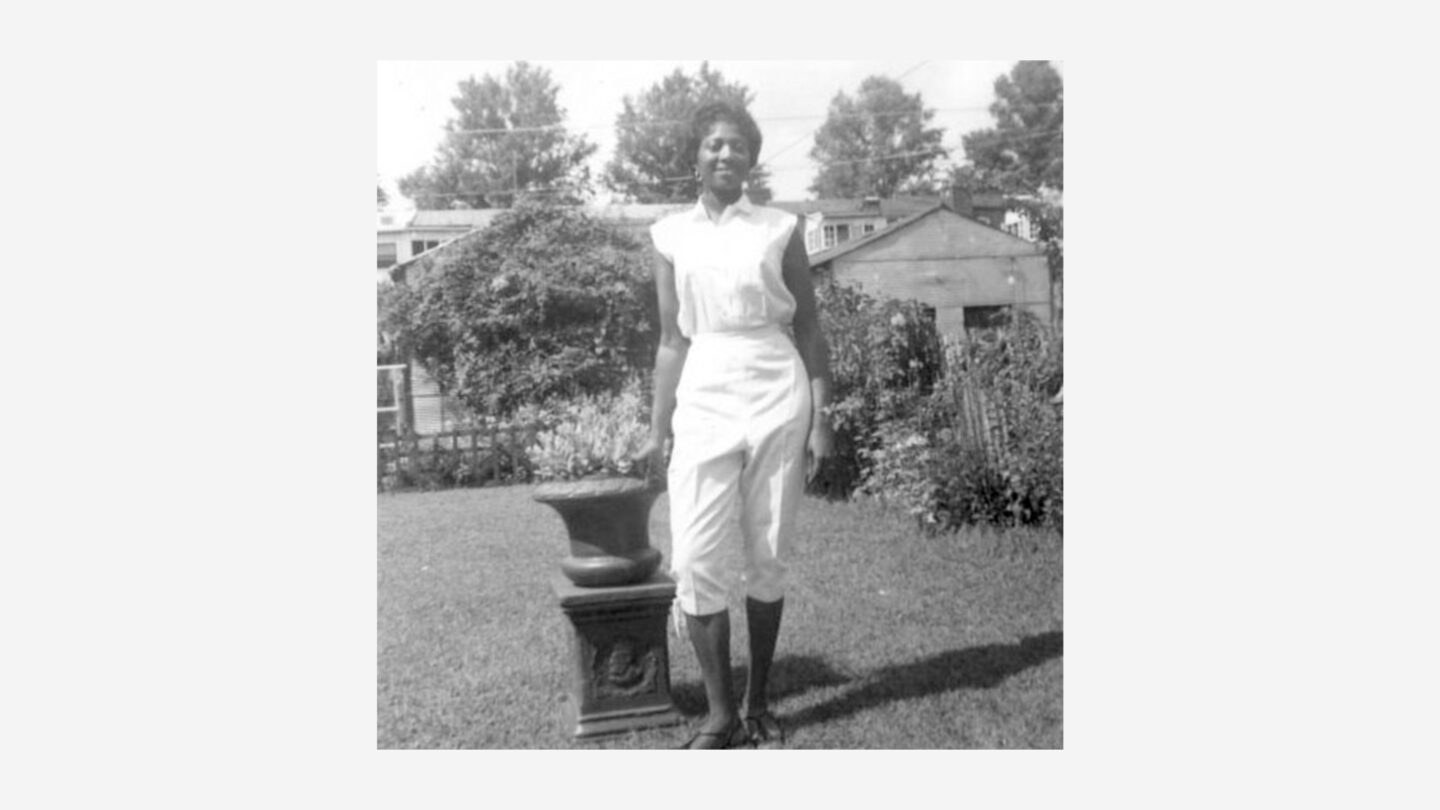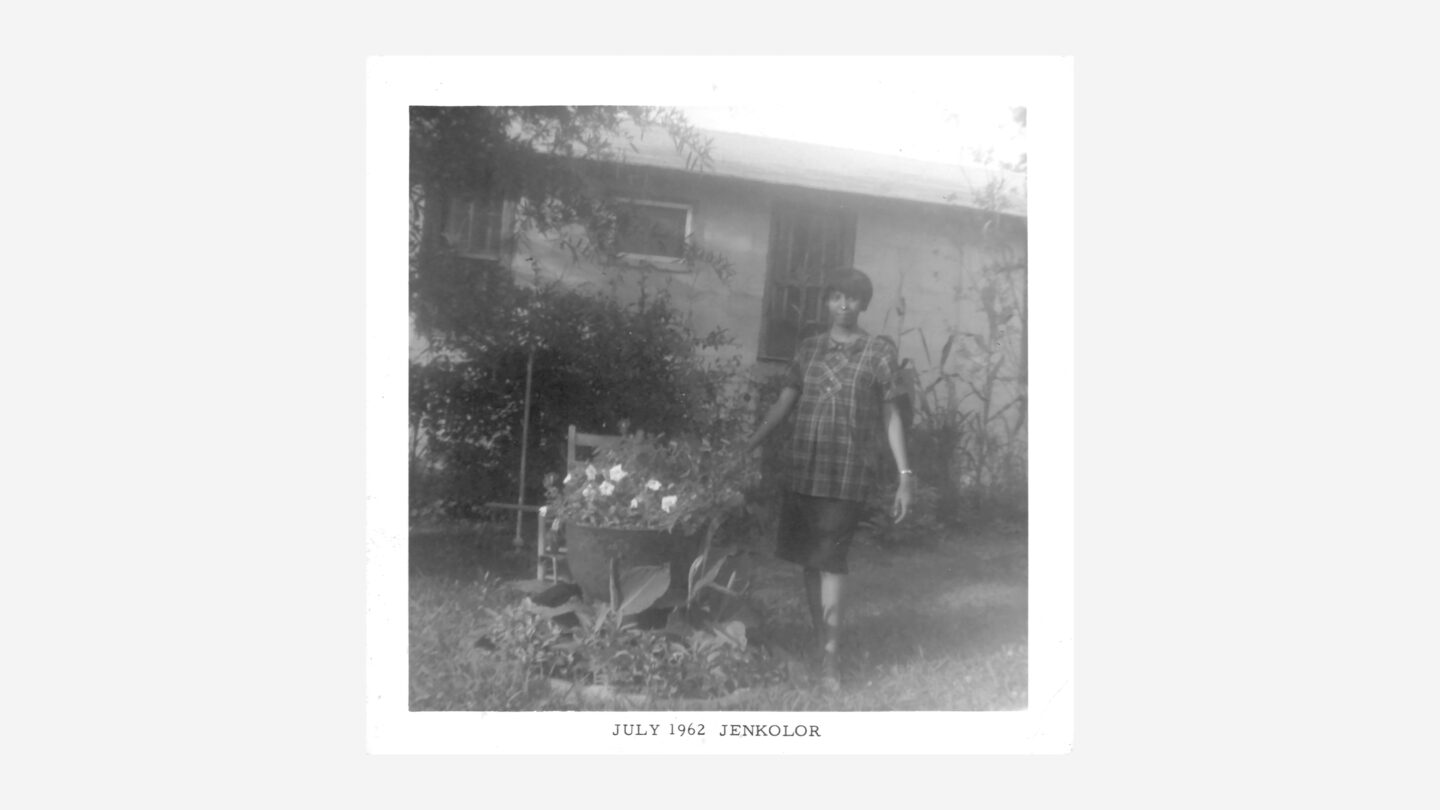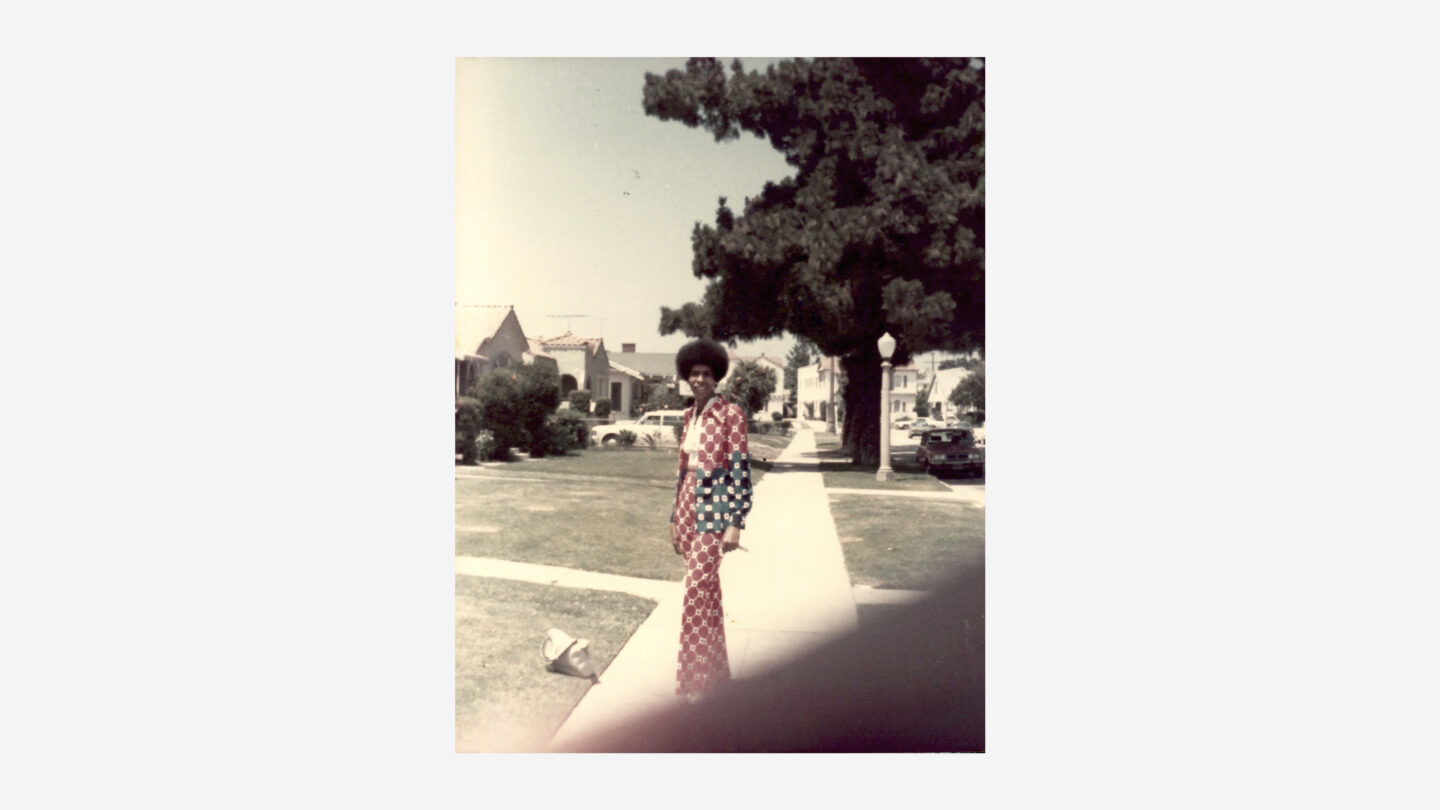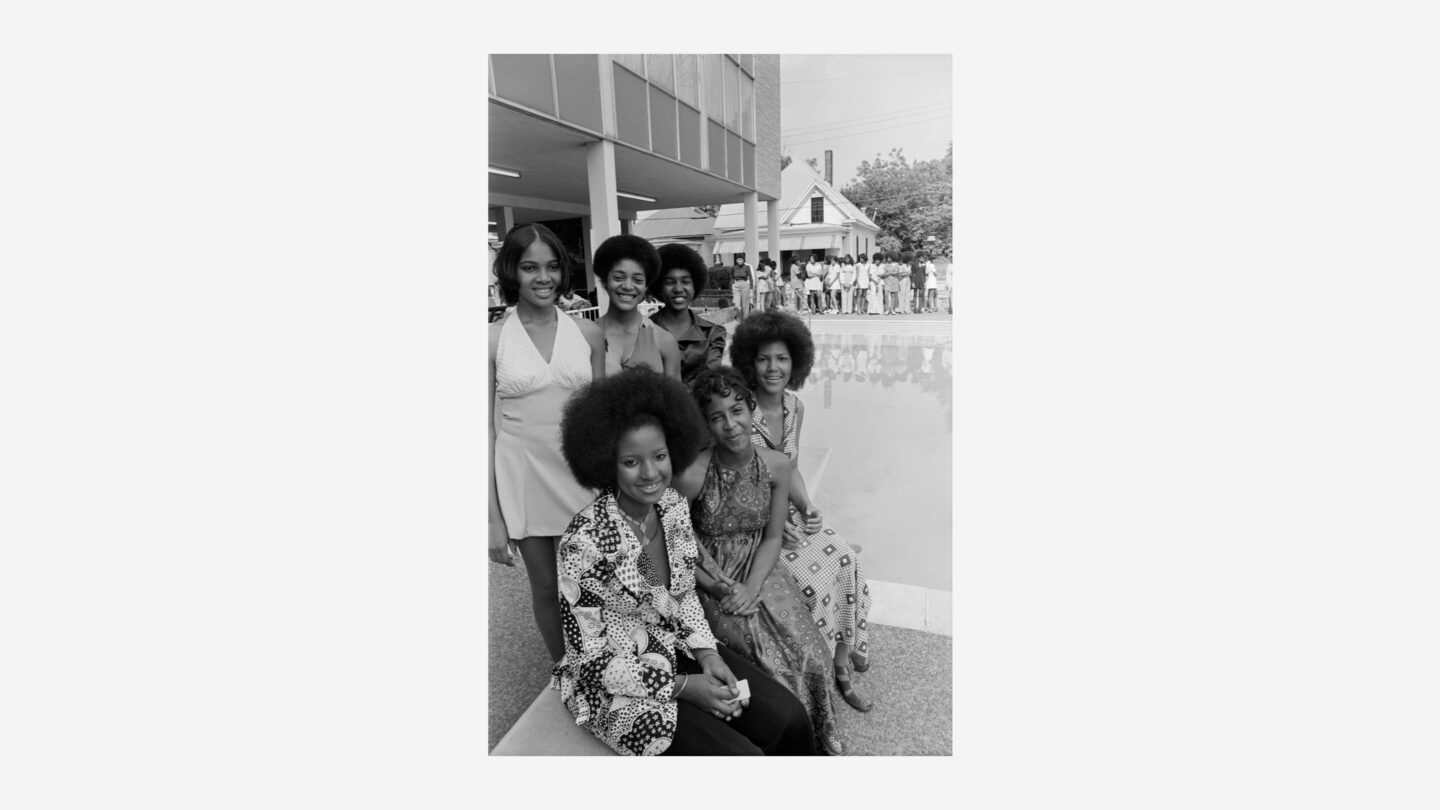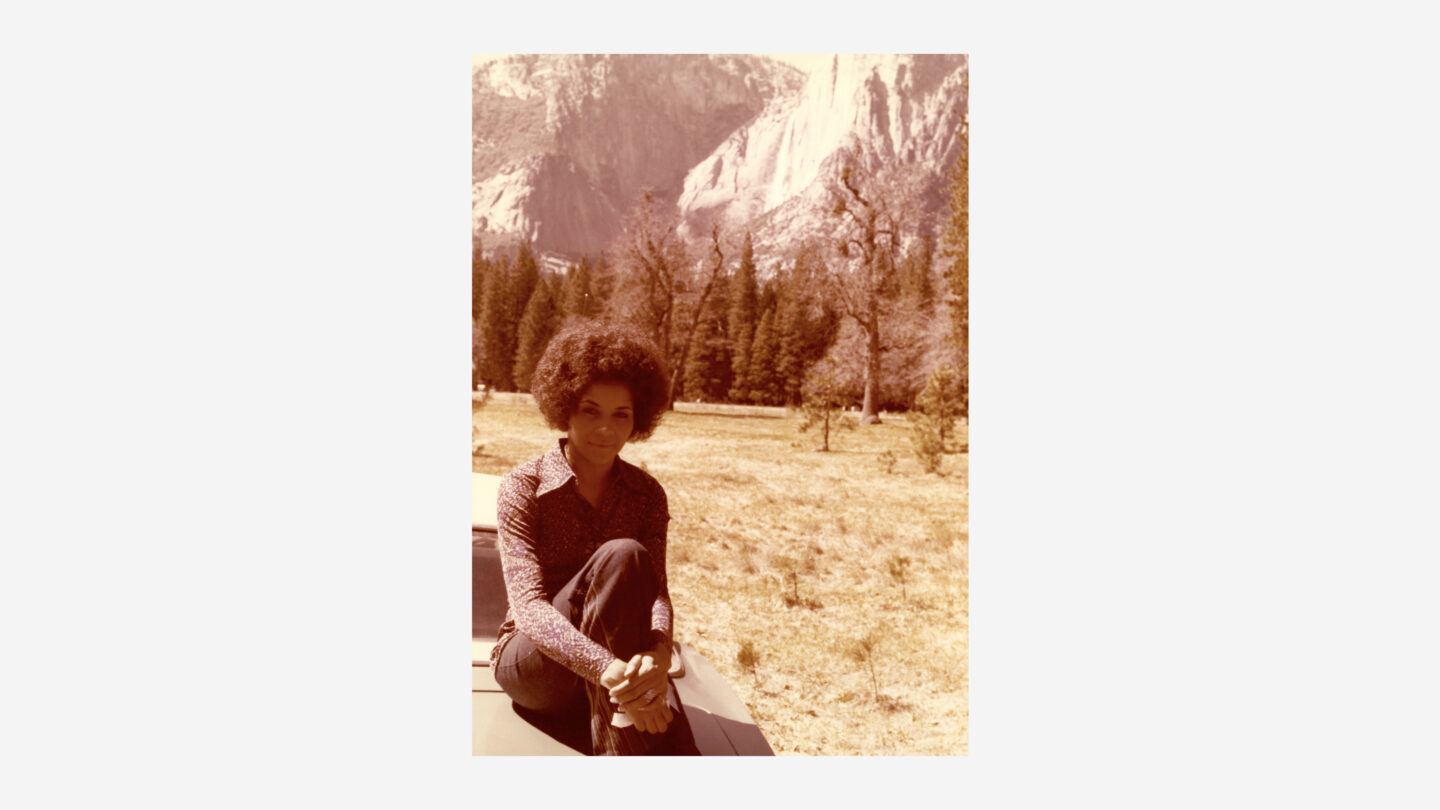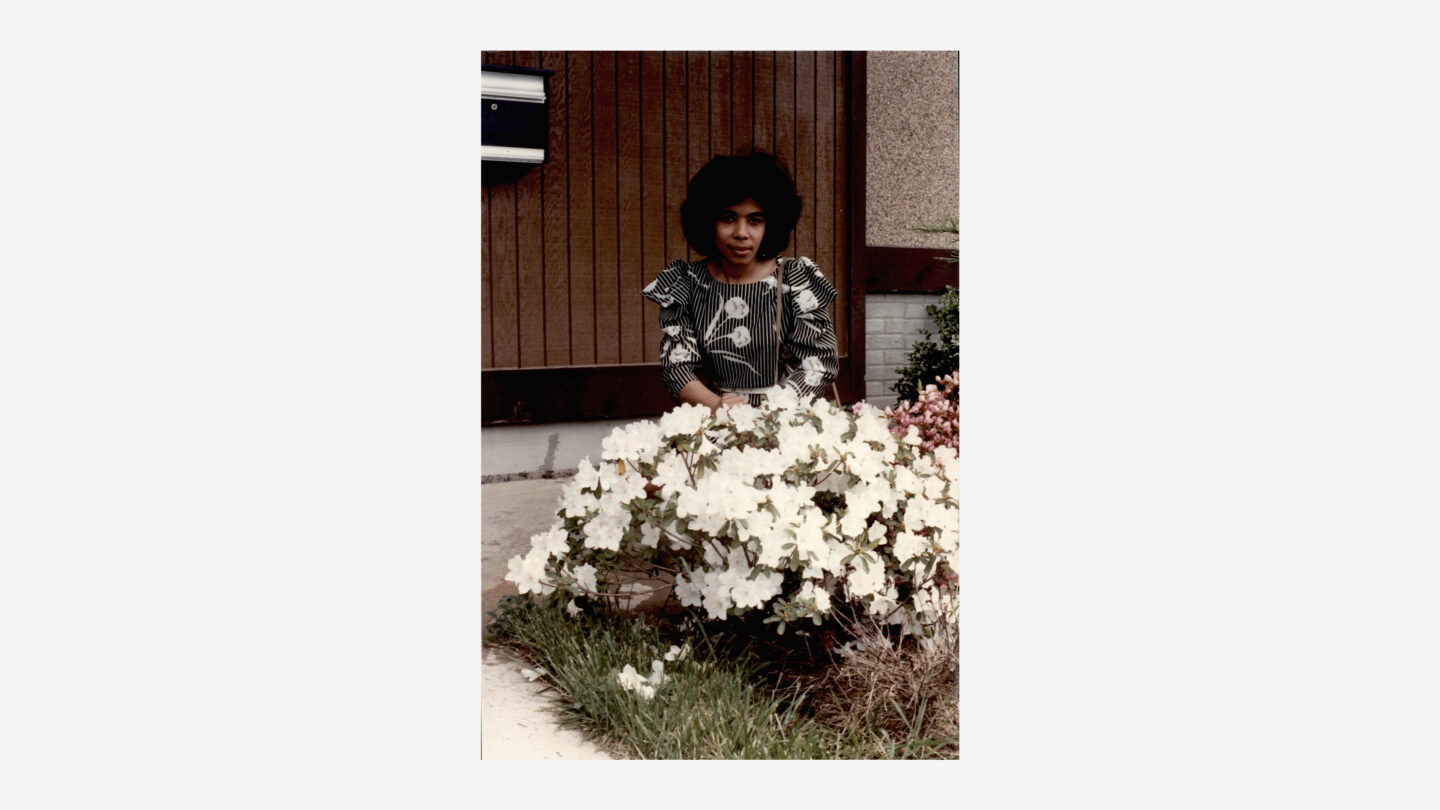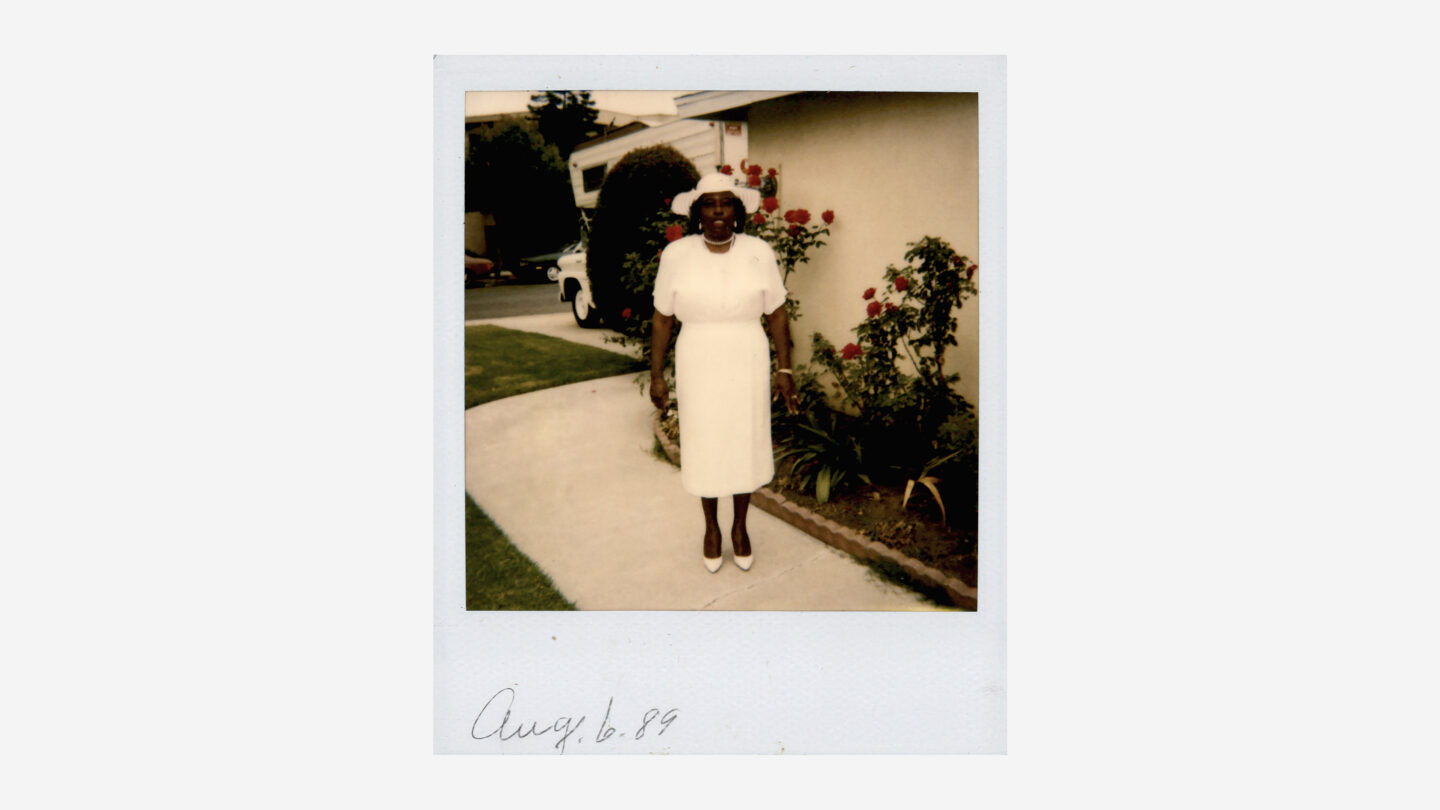Studio portrait of a woman wearing hat with feathers, circa 1910s. Gardens and Cultural Landscapes of Black America Visual Arts Materials, Cherokee Garden Library, Kenan Research Center at Atlanta History Center
Freshly pressed clothing, beautifully styled hair, and newly polished shoes are components of “fashion.” The use of various fabrics and materials to create detailed garments reflecting societal trends has been a talent for centuries. Fashion continuously evolves, bringing new fads with each generation. However, in discussions of new trends and creations, Black women are often overlooked.
Late 19th Century
Studio portrait of a woman holding a straw hat, circa 1870s. Gardens and Cultural Landscapes of Black America Visual Arts Materials, Cherokee Garden Library, Kenan Research Center at Atlanta History Center
In the United States, the fashion journey of Black women began during enslavement, marked by the forced removal of garments displaying personal and tribal identities and laws controlling their appearance.
When given the opportunity, Black women used attire as a form of rebellion against their enslavers, expressing power, identity, and ancestry. This expression was often evident in headwraps, brightly colored fabrics, and patchwork.
African American woman with a bicycle, 1895. Kuhns, Atlanta History Photograph Collection, Kenan Research Center at Atlanta History Center
Black women also channeled their fashion sense through labor. Skilled in spinning, weaving, dyeing, and sewing, these skills were vital for survival and often meant that their work would be worn by their enslavers. As seamstresses and dressmakers, Black women crafted clothing that set trends for white society.
Early 20th Century
Studio portrait of a woman standing next to a willow table with cut flowers, circa 1915. Gardens and Cultural Landscapes of Black America Visual Arts Materials, Cherokee Garden Library, Kenan Research Center at Atlanta History Center
After emancipation, Black women pursued careers in the fashion industry and wore clothing mirroring popular trends. The early 20th century witnessed a variety of styles, including evolving silhouettes, lace and embellishments, changes in skirt and dress lengths, headpieces, and a preference for simple yet elegant attire.
Mid-20th Century
From the mid to late 20th century, fashion trends aligned with societal changes. Between the 1950s and 1960s, the Black church was not only central to the civil rights movement but also a focal point for fashion. The concept of “Sunday’s Best” encouraged activists to wear attire suitable for both worship services and marches. Women donned dresses, skirts, and “proper shoes” while protesting to showcase their dignified approach to clothing.
Late 20th Century
In contrast, the Black Power Movement of the 1960s and 1970s encouraged the Black community to reject respectability politics. One way women embraced this ideology was through their hair. By wearing their natural hair and styling it to enhance their curls, fashion became a symbol of protest and self-acceptance.
Although fashion continuously evolves, what remains constant is the care, compassion, and creativity woven into every seam and incorporated into every headpiece.
Explore Album to discover more photographs of Black women in their finest attire. Also, attend Atlanta History Center’s 2024 Martin Luther King Jr. Day celebration to learn more about the history of Black women in fashion. The event will feature Cynthanie Sumpter, Associate Professor of Fashion Design at Clark Atlanta University.


